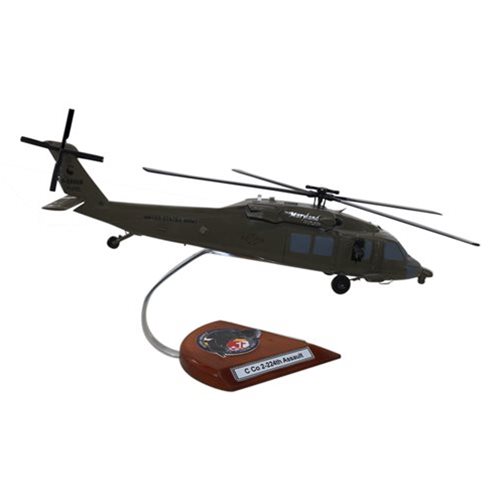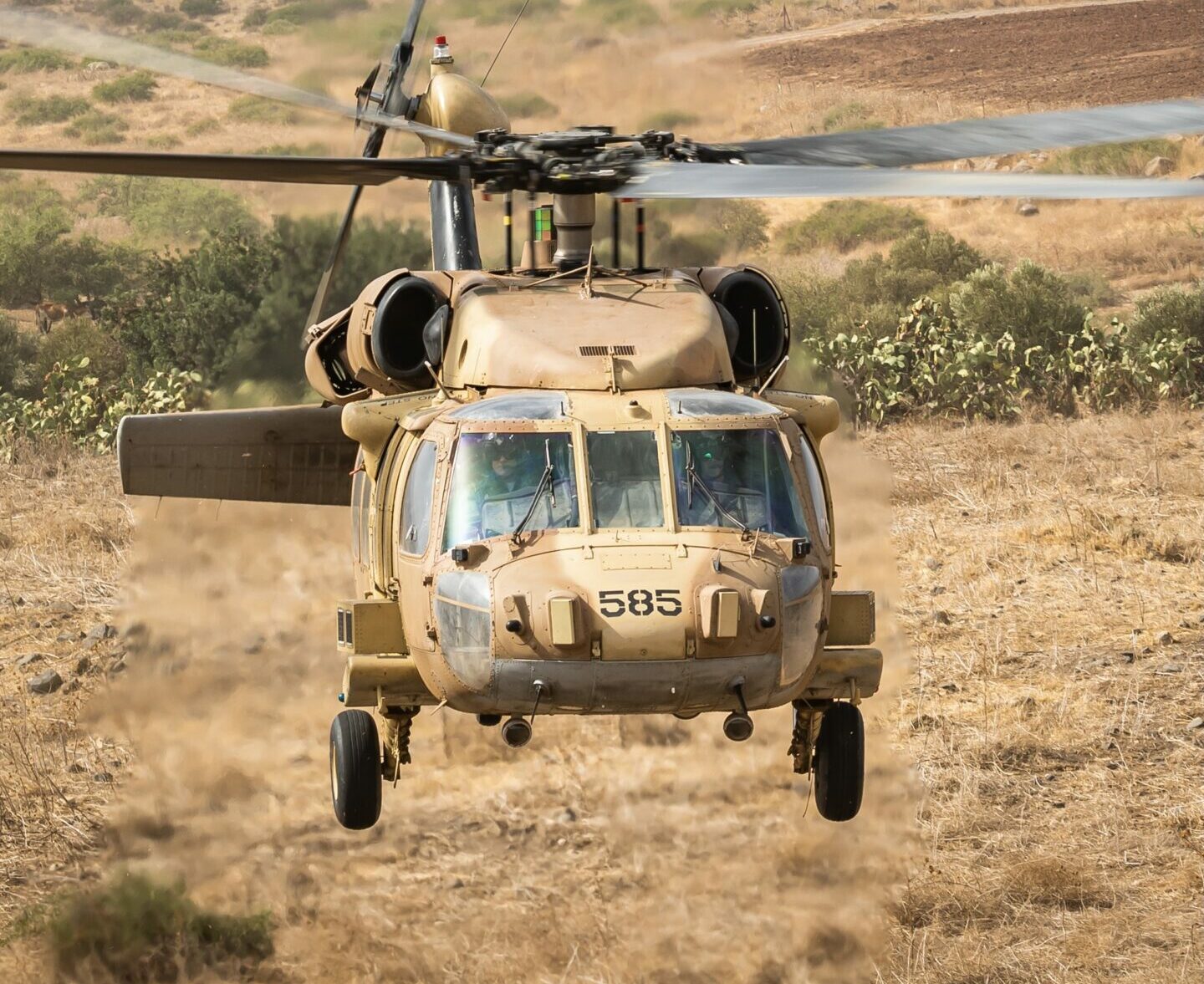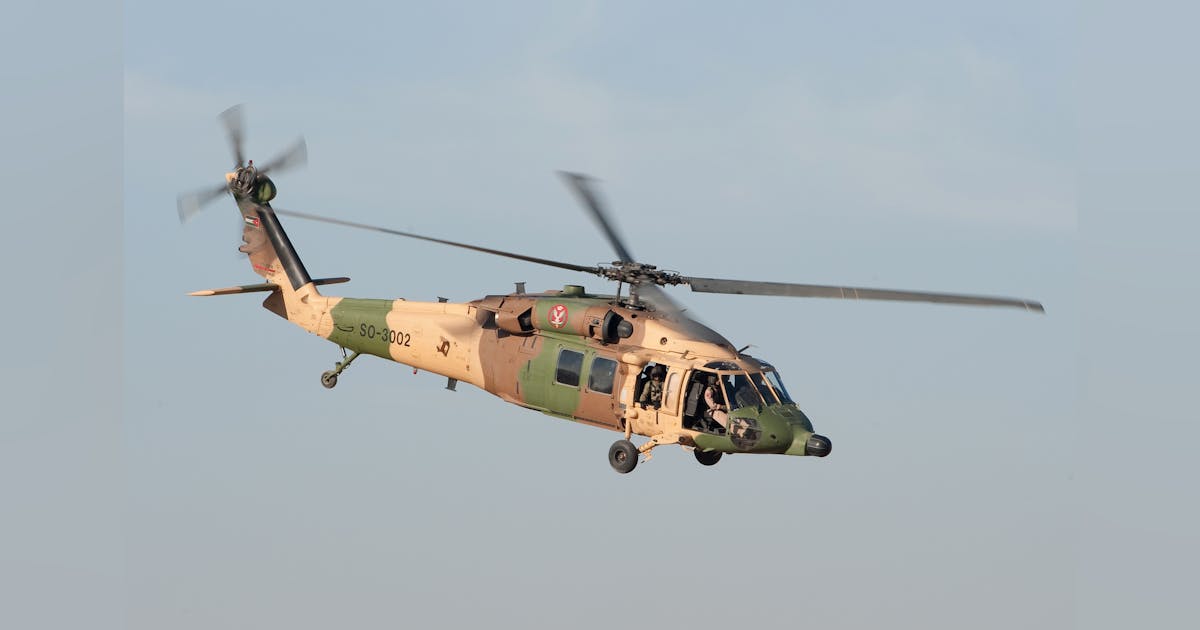Learn more about the Maintenance and Upgrades Offered for the UH60 System
Learn more about the Maintenance and Upgrades Offered for the UH60 System
Blog Article
Comprehending the UH60: The Ultimate Military Helicopter Experience
The UH-60 Black Hawk helicopter stands for an important advancement in armed forces air travel, incorporating durable engineering with diverse operational capabilities. Its design deals with a variety of missions-- from army transportation to clinical emptying-- showing its versatility across varied combat circumstances. As we explore the history, requirements, and technological developments of the UH-60, it becomes evident that its role in forming contemporary military techniques is both considerable and significant. This discussion invites a closer assessment of exactly how this impressive aircraft remains to affect modern warfare dynamics.
History of the UH-60
Arising from the demand for a flexible energy helicopter during the late 1960s, the UH-60 Black Hawk was established by Sikorsky Airplane Company in feedback to the U.S. Military's need for a contemporary combat zone transport helicopter. The style procedure commenced in 1972, finishing in its initial flight in October 1974. The Black Hawk was engineered to change the aging UH-1 Iroquois, additionally known as the "Huey," which had actually been a staple of Military aviation considering that the Vietnam Battle.

Throughout the years, the Black Hawk has gone through many upgrades, preserving its significance in contemporary armed forces operations. Its success has led to the development of various variants, offering numerous branches of the united state army and allied pressures worldwide, developing the UH-60 as a foundation of military aviation background
Trick Functions and Specs
The UH-60 Black Hawk is differentiated by its advanced design and durable requirements, which add to its adaptability on the field of battle. This multi-role helicopter features a twin-engine configuration, powered by 2 General Electric T700-GE-701C engines, supplying an optimal output of 1,800 shaft horsepower each. This effective engine arrangement permits the Black Hawk to get to an optimum speed of roughly 183 knots (211 mph) and a solution ceiling of 19,000 feet.
The airplane's composite rotor blades supply remarkable lift and maneuverability, while its four-blade main rotor system enhances stability (UH60). The Black Hawk is geared up with advanced avionics, consisting of a digital cockpit and night vision capabilities, making certain reliable procedures in diverse conditions. Its cabin can suit approximately 11 troops or bring as much as 8,000 extra pounds of freight, making it ideal for various logistical needs
The UH-60's modular design enables for easy upkeep and upgrades, making sure longevity and flexibility in advancing military needs. Furthermore, its innovative survivability attributes, such as crashworthy seats and armor, improve staff security throughout objectives. Overall, the UH-60 Black Hawk stands for a substantial improvement in armed forces aviation technology.
Operational Duties and Goals
Adaptability is a trademark of the UH-60 Black Hawk, enabling it to carry out a wide range of functional duties and missions across numerous military atmospheres. Primarily created for troop transportation, the Black Hawk can carry as much as 11 soldiers and is regularly utilized in air assault procedures, permitting rapid insertion and removal of ground forces in disputed areas.

Along with army transportation, the UH-60 is adept at medical evacuation (MEDEVAC) missions. Furnished with innovative clinical tools and personnel, it can swiftly evacuate wounded soldiers from the field of battle, dramatically enhancing survival rates in important situations. The helicopter also plays a critical function in logistics support, supplying materials, ammo, and equipment to onward running bases in ascetic environments.
Moreover, the Black Hawk offers as a platform for unique operations goals, consisting of reconnaissance and direct action. Its ability to operate in different surfaces and its low-flying abilities make it a crucial property for Full Report systems conducting concealed procedures.

Technical Improvements
Development in aeronautics innovation has dramatically improved the capabilities of the UH-60 Black Hawk, guaranteeing its importance in modern army operations. The helicopter is equipped with sophisticated avionics systems that provide pilots with remarkable situational awareness, consisting of multi-functional displays, improved GPS, and cutting-edge surface recognition systems. These functions make it possible for accurate navigating and mission implementation, also in difficult environments.
Additionally, the integration of data systems permits rapid and safe details exchange in between systems, helping with worked with procedures. The UH-60's upgraded blades systems and composite materials add to improved efficiency, offering better speed, dexterity, and reduced upkeep costs.
Furthermore, advancements in tool systems, such as the capability to release precision-guided artilleries, enhance the Black Hawk's duty in combat circumstances. The helicopter's capacity to sustain medical evacuation goals is additionally reinforced by brand-new clinical equipment and innovations, making certain reliable patient care in transportation.
Lastly, continuous enhancements in stealth technology and sound reduction mechanisms even more strengthen the UH-60's effectiveness in concealed operations, allowing it to operate in hostile territories with a decreased possibility of detection. Collectively, these technological developments underscore get more the Black Hawk's enduring prominence in military aeronautics.
Effect On Modern War
Boosted abilities of the UH-60 Black Hawk have greatly influenced modern-day warfare techniques and tactics. Its versatility in army transport, medevac procedures, and reconnaissance functions has redefined the functional landscape for military pressures. The helicopter's capability to operate in varied atmospheres, from urban setups to tough terrains, permits higher tactical flexibility, making it possible for commanders to adjust quickly to changing combat zone conditions.
The UH-60's innovative avionics and interaction systems improve situational understanding, facilitating real-time knowledge sharing and sychronisation among units. This capacity is critical in contemporary asymmetric warfare, where quick decision-making can establish the end result of interactions. The helicopter's capacity for fast insertion and extraction of unique procedures pressures has actually become a characteristic of contemporary armed forces campaigns, stressing rate and precision.
Additionally, the Black Hawk's assimilation with unmanned aerial systems and various other innovative innovations represents a shift in the direction of multi-domain operations. Therefore, the UH-60 not only acts as an important possession in traditional conflicts yet also plays a critical function in counterinsurgency and peacekeeping goals, emphasizing its enduring effect on contemporary armed forces teaching and the advancement of war.
Conclusion
The UH-60 Black Hawk stands for a peak of army aviation, defined by its convenience, advanced engineering, and robust style. Its capacities in troop transportation, clinical evacuation, and logistical find out this here support emphasize its important function in modern-day military procedures. Continuous technical developments and enhancements have further strengthened the Black Hawk's strategic relevance, allowing rapid feedback and adaptability in diverse combat scenarios. Inevitably, the UH-60 remains an important possession, forming the landscape of modern war and functional performance.

Innovation in aeronautics innovation has significantly boosted the capabilities of the UH-60 Black Hawk, guaranteeing its importance in contemporary military procedures.The UH-60 Black Hawk represents a peak of armed forces air travel, identified by its convenience, progressed design, and robust style.
Report this page